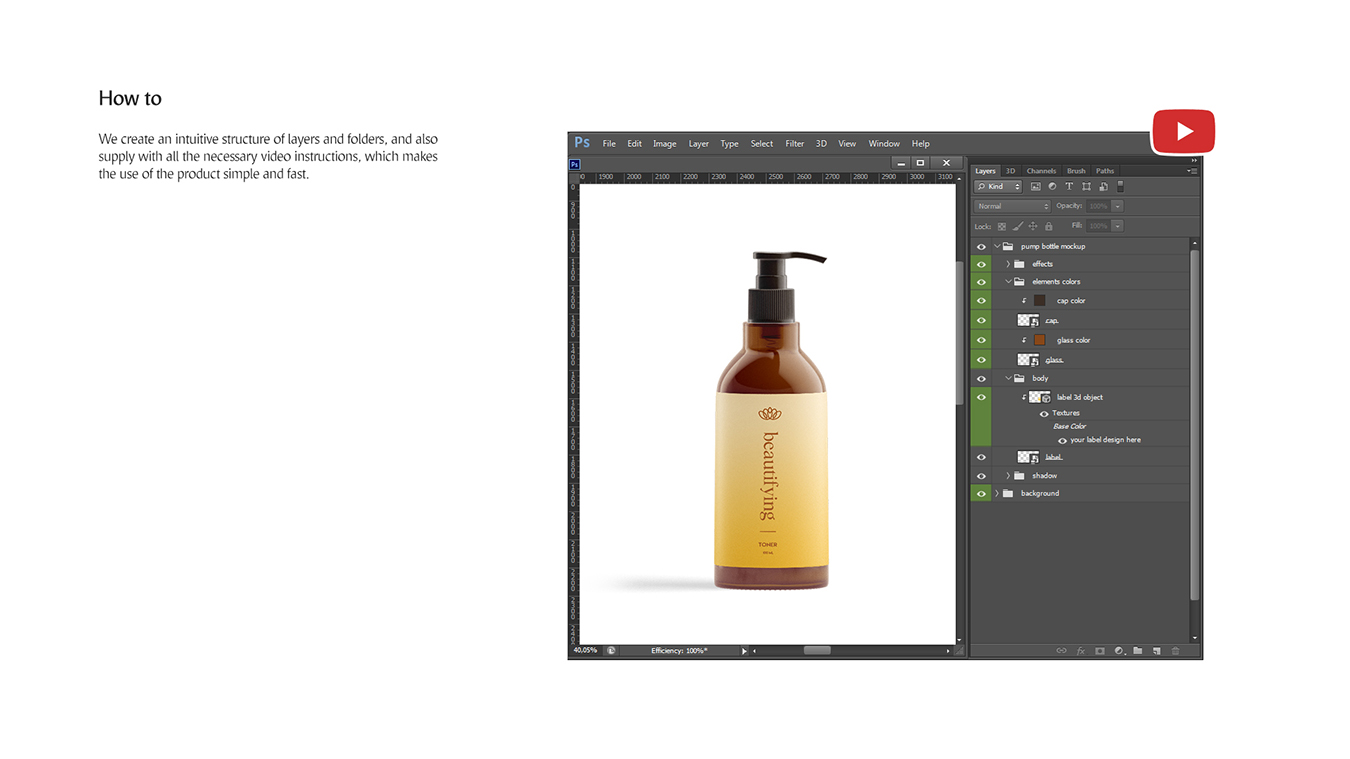

It is primarily for CAD users, and animation as well as rendering.
#Adobe dimension discontinued professional#
Keyshot soldiers on as an easy-to-use professional visualization tool that sells for $1000. Autodesk abandoned Showcase, Dassault acquired Bunkspeed and offers the technology to SolidWorks customers as Visualize.

Luxology entered the field via partnerships with SolidWorks and Bentley Systems to create integrated renderers in 2008. Bunkspeed regrouped building a new product on Nvidia’s iRay technology. That relationship went south, and Luxion introduced their own product, Keyshot. Bunkspeed appeared in 2008 using technology developed by Luxion under the direction of Henrik Wann Jensen. Autodesk had an early entrant called Showcase, a realtime rendering product that let users bring their models into the application, create global illumination from the scene and render. There have been similar products on the engineering side that enable engineers and designers to quickly create a rendered image of their work using photographic backgrounds or 3D environments. More important the ability to keep the work in house and to iterate quickly has saved the company tens of thousands of dollars per product. (Source: Travis Birdsall, Behance)Īdobe senior director Simon Williams, strategic relations for Adobe’s enterprise businesses says Dimension has been adopted by several large companies because it allows art directors and marketing people to develop prototypes quickly without having to send concepts off to 3D modelers and endure the added wait time. Travis Birdsall has used Dimension to create orthographic environments that are like doll house views. A look through the Dimension section of Behance shows that people are grabbing Dimension and twisting it to their own creative ends. Adobe has been gradually, and somewhat quirkily, been adding 3D features throughout its content creation tools for over a decade, but with Dimension and Project Aero, a related tool enabling Augmented Reality content creation, Adobe has made 3D an integrated part of its workflow. This is how Dimension is easiest to use and Adobe’s developers designed it with the idea that it could be used for prototyping marketing materials as well as extending 3D capabilities to a broad range of people.Īs a result, Adobe has further expanded the use of 3D to its customer base. We didn’t do anything really special, put paper bag on the foreground, created a texture for with Adobe’s Capture app, added the JPR logo as a decal and boom, done. It’s been a while, but the cover for our New Year’s issue was created using Dimension, Adobe’s tool which enables users to combine 3D models with 2D backgrounds to create a new artwork.


 0 kommentar(er)
0 kommentar(er)
